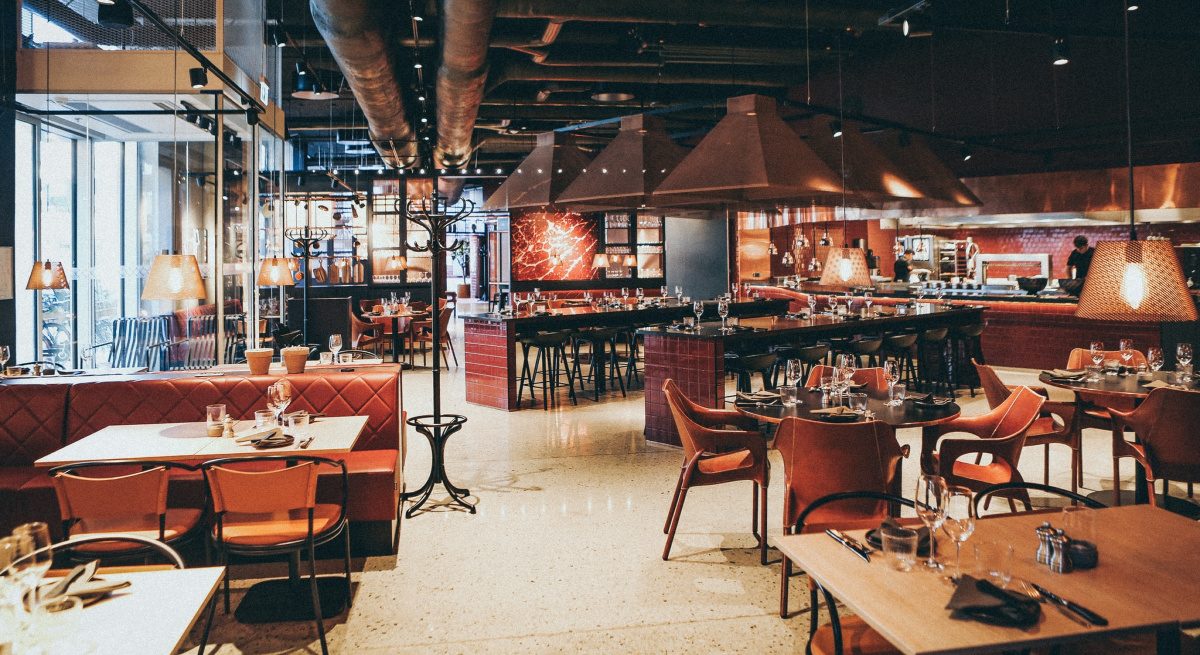Restaurant co-ops are quickly becoming the model of choice for companies as they struggle to deal with funding limitations and erratic economies.
Within an economic situation in which maintaining a restaurant company afloat is hard, the choice of co-operatives can end up being helpful. Also, here you can read more about the best bar and restaurant near you by checking online.

Image Source: Google
Restaurant co-operatives are extremely useful in a time when businesses are coping with financial crunches which may encounter suddenly, possibly even resulting in shutting down of operations.
A co-operative version for restaurants functions nicely towards ensuring growth and sustainability as the company moves ahead.
Why co-operatives?
This is an effective model for companies that have to work with funding limitations. For a restaurant, the more combined model makes sense because the majority of the work demands dedicated teamwork.
This is only one of the most crucial ways to guarantee patrons keep returning. But this coordination ties with all the company budget and wages paid to the employees in any way levels inside the restaurant.
There are different ways that a restaurant combined may get the job done. This concept has seen in airports, malls and shopping areas in addition to along highways where folks stop to find gas for their vehicles and make short halts for refreshment.
There are lots of other advantages of a restaurant combined:
> Reduced taxation: A co-operative may not have to pay taxes in their excess earning; those can be reimbursed. If you form a restaurant co-operative, you may be taxed only on earnings from the restaurant, and not on individual income.
> Reduced expenses: By this helps optimize present cash reserves better. Gains can also be extended by providers and sellers who also stand to profit from serving a bigger entity that creates as a consequence of the coming-together of 2 companies.
